(This is section 60 of the World Beyond War white paper A Global Security System: An Alternative to War. Continue to preceding | following section.)
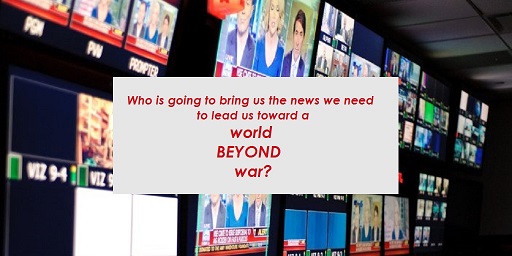
(Please retweet this message, and support all of World Beyond War’s social media campaigns.)
The “warist” bias we commonly see in the teaching of history also infects mainstream journalism. Too many reporters, columnists, and news anchors are stuck in the old story that war is inevitable and that it brings peace. There are, however, new initiatives in “peace journalism,” a movement conceived by peace scholar Johan Galtung. In peace journalism, editors and writers give the reader a chance to consider nonviolent responses to conflict rather than the usual knee-jerk reaction of counter violence.note12 Peace Journalism focuses on the structural and cultural causes of violence and its impacts on actual people (rather than the abstract analysis of States), and frames conflicts in terms of their real complexity in contrast to war journalism’s simple “good guys versus bad guys.” It also seeks to publicize peace initiatives commonly ignored by the mainstream press. The Center for Global Peace Journalism publishes The Peace Journalist Magazine and offers 10 characteristics of “PJ”:
An example is PeaceVoice, a project of the Oregon Peace Institute.note13 PeaceVoice welcomes submission of op-eds that take a “new story” approach to international conflict and then distributes them to newspapers and blogs around the United States. Taking advantage of the internet, there are many blogs that also distribute the new paradigm thinking including the Transcend Media Service, New Clear Vision, Peace Action Blog, Waging Peace Blog, Bloggers for Peace and many other sites on the World Wide Web.
Peace research, education, journalism and blogging are part of the newly developing culture of peace, as are recent developments in religion.
(Continue to preceding | following section.)
We want to hear from you! (Please share comments below)
How has this led you to think differently about alternatives to war?
What would you add, or change, or question about this?
What can you do to help more people understand about these alternatives to war?
How can you take action to make this alternative to war a reality?
Please share this material widely!
Related posts
See other posts related to “Creating a Culture of Peace”
See full table of contents for A Global Security System: An Alternative to War
Notes:
12. It is a growing movement, according to the website www.peacejournalism.org (return to main article)
13. www.peacevoice.info (return to main article)


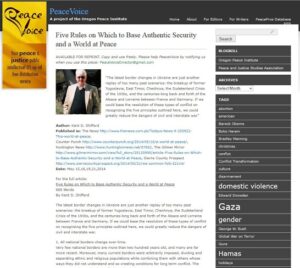
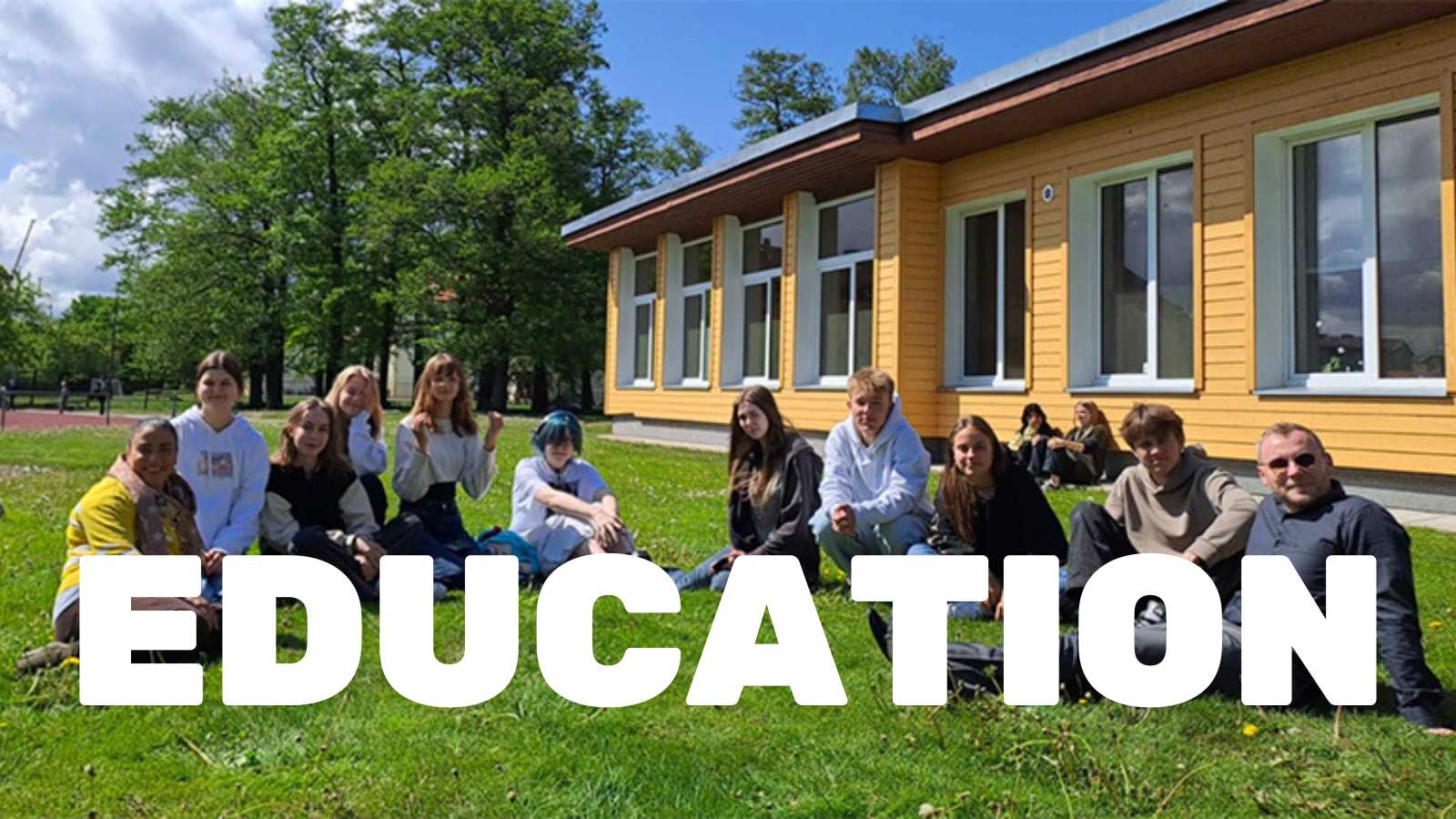
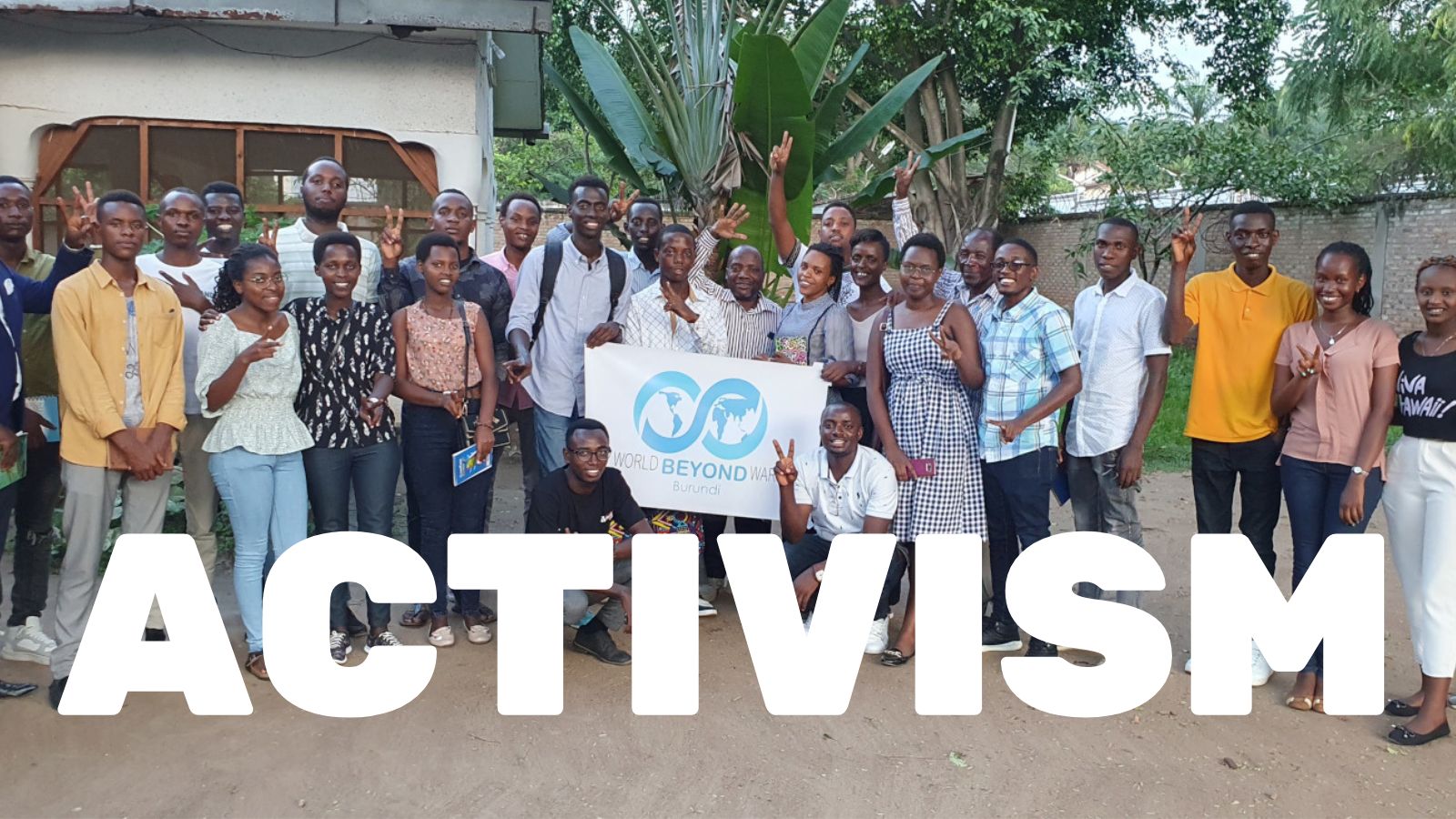
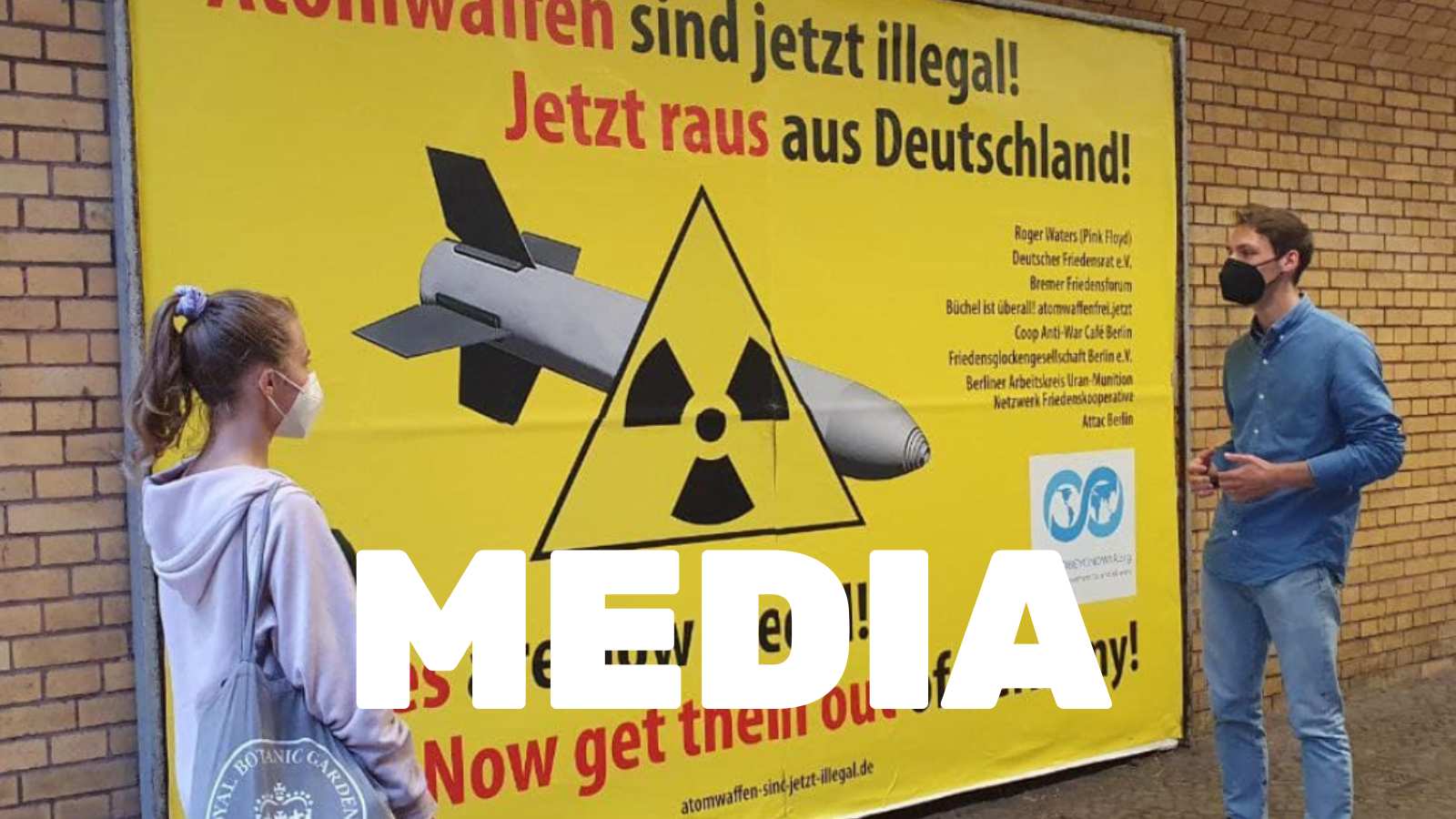
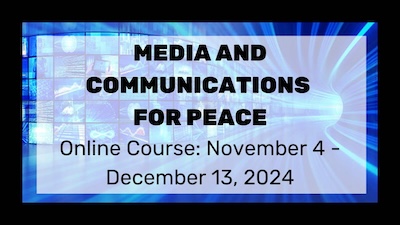
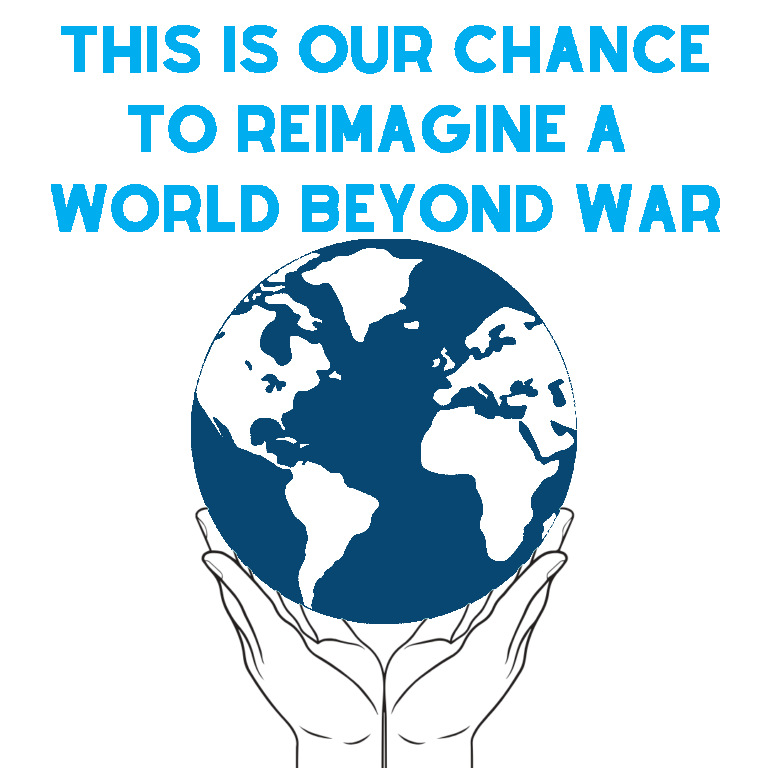
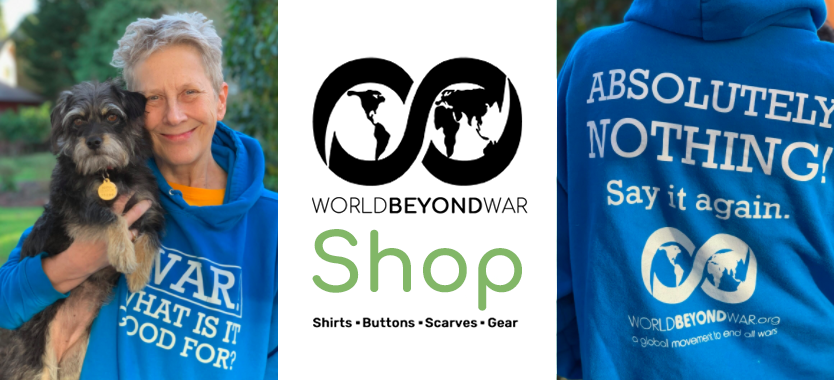
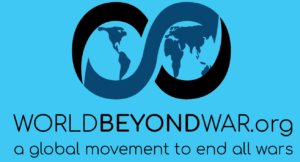
3 Responses
This is a huge topic. I think we ALL need to become peace journalists — we have the tools at our fingertips. See http://joescarry.blogspot.com/2015/03/news-worth-spreading-there-is.html
A colleague of mine reminded me that a key aspect of what we are calling “peace journalism” is simply the provision of journalism by someone besides major militarist states and other war makers. This is often referred to as “media development” (and/or “media FOR development”). Think of it this way: how can we provide media tools instead of weapons to people as they work for their own liberation in situations all over the world?
Here are some resources to be aware of:
1. Center for International Media Assistance, CIMA: Part of the National Endowment for Democracy. They are a think tank/thought leader on the role of media in democratization efforts. http://www.centerforinternationalmediaassistance.net/
2. Open Society Foundations (OSF): Funded initially by George Soros. OSF has been a true leader in helping countries transition from dictatorship or conflict to more open societies. They have various initiatives, including a broad set of activities around media and information. http://www.opensocietyfoundations.org/issues/media-information
3. International Center for Journalists (ICFJ): ICFJ does excellent work throughout the world. It also administers, on behalf of the Knight Foundation, the Knight International Journalism Fellowship program. http://www.icfj.org/
4. Internews (has two separate organizations, one in the US, and Internews Europe): Internews is usually funded by the US State Department through USAID or DRL (Bureau of Democracy, Human Rights and Labor). Internews manages projects around the world – from Afghanistan to China to Burma and more. https://www.internews.org/
5. BBC Media Action: A foundation related to, but independent of, the BBC, this organization is perhaps the most skillful in the world at delivering effective “media for development” programming. They use extensive quantitative and qualitative research to inform and measure the impact of their work — and it is impressive. http://www.bbc.co.uk/mediaaction
6. Fojo Media Institute (Kalmar, Sweden, funded by the Swedish International Development Agency or SIDA): Fojo has focused on training journalists in the past but is now increasingly working to improve the sustainability of independent news media. Its Swedish neutrality makes Fojo a welcome partner in countries that are leery of US, UK, European or Chinese assistance. http://www.fojo.se/fojo-international
7. Global Voices: Global Voices is a curated and edited online site of news produced by citizen journalists from around the world, especially from countries where reporting and writing are heavily constrained. It is headed by the brilliant Ivan Sigal. http://globalvoicesonline.org/
People in the middle-east are continuously suffering from conflicts and difficult issues. To reduce the conflict and social tension between the western and Islamic community, a new brand of journalism came into existence – peace journalism. This concept of journalism propagates peace through reports about the stories that actually matter. It is a journalism of different type which comprises of activists, academics and journalists who explore all possible hidden agendas, investigates conflicts and considers all possible dimensions. Goltune promotes this brand of journalism through its storytelling approach. The website publishes stories about underprivileged people to give them a voice through its platform and at the same time promote peace.